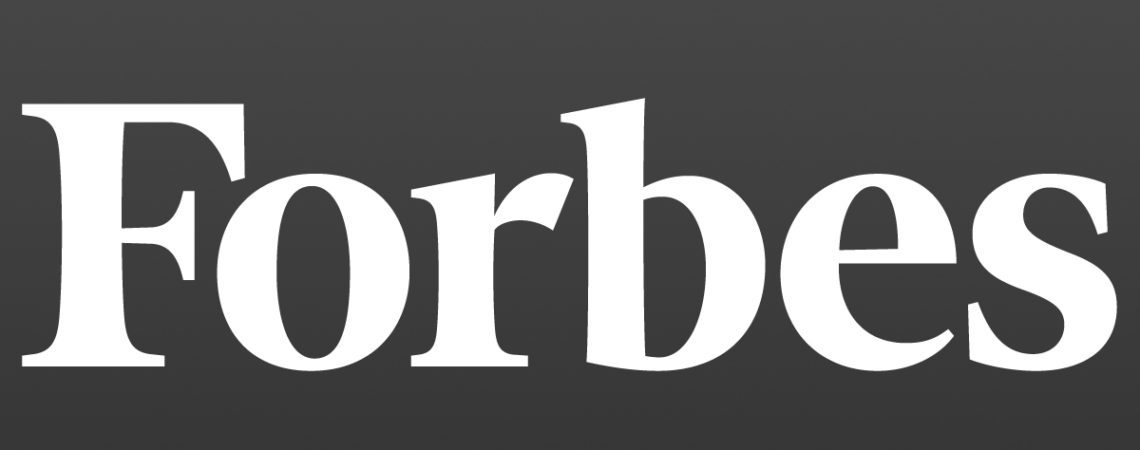Topline: Despite the U.S. and China announcing a partial trade deal last Friday, many analysts remain skeptical about the lack of details, and optimism has quickly faded—with Hong Kong emerging as a new sticking point.
- A new bill passed by the U.S. House of Representatives, which would support protesters in Hong Kong, quickly sparked outrage from China, who backtracked on part of the partial trade deal agreed to last week.
- The House legislation calls for an annual review of whether Hong Kong is separate from Beijing and deserves the special trading status it receives under U.S. law, as well as calling for sanctions against Chinese officials undermining “fundamental freedoms” in Hong Kong.
- China quickly denounced the bill as “arrogant and dangerous,” accusing U.S. lawmakers of a “political plot” to thwart China and warning that it would take strong retaliatory measures if the legislation does get enacted.
- While President Trump told reporters on Wednesday that phase one of the deal is currently being “papered,” he also said that he is unlikely to sign any agreement until he meets with Chinese President Xi Jinping in November.
- Before China can purchase $40 billion to $50 billion of U.S. agriculture—a number Trump said was agreed on in the “phase one” trade deal last Friday, it wants a rollback of $50 billion in tariffs, Bloomberg reported on Tuesday.
Crucial quote: “Few specifics were announced in the partial deal, and there’s less than meets the eye—especially on the agriculture side,” says Nick Sargen, senior economist at Fort Washington Investment Advisors. “The good news is that both sides are talking and there might not be another escalation, but at the same time, have we really made progress toward a lasting deal?”
Crucial statistic: With trade tensions continuing to take a toll on the world economy, the International Monetary Fund just made a fifth-straight cut to its 2019 global growth forecast—to a decade low of 3%.
To read the original article: Click here

